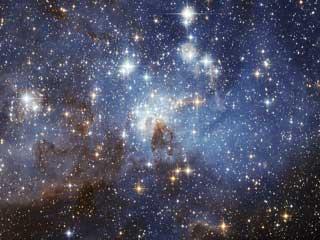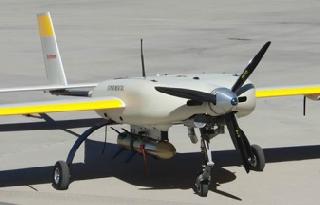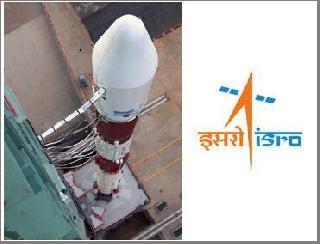
A file photo.
LONDON (PTI): An Indian origin scientist and his team claimed to have solved the puzzle of how giant stars, 300 times the size of the Sun were formed, laying the theory that they are the result of collisions of two stars into a single ultramassive star.
Researchers from the Bonn University in Germany found that the four stars discovered by NASA in 2010, part of the giant star cluster R136 in the Large Magellanic Cloud, which is about 160,000 light years from Earth, could be the size they are thanks to a few mergers and acquisitions, the Daily Mail reported.
Until the discovery of these objects in 2010, observations of the Milky Way and other galaxies suggested that the upper limit for stars formed in the present day universe was about 150 times the mass of the Sun.
This value represented a universal limit and appeared to apply wherever stars formed.
"Not only the upper mass limit but the whole mass ingredient of any newborn assembly of stars appears identical irrespective of the stellar birthplace," Professor Dr Pavel Kroupa, co-author of the study said.
The newly discovered four ultrabright ultramassive stars in R136 are quite an exception to this widely accepted limit.
The Bonn group, also including lead investigator Dr Sambaran Banerjee of Indian origin and team member Seungkyung Oh, modelled the interactions between stars in a R136-like cluster.
Their computer simulation assembled the model cluster star by star, so as to resemble the real cluster as closely as possible, creating a cluster of more than 1,70,000 stars packed closely together.
At the outset Seungkyung ensured that the stars were all of a normal mass and were distributed in the way expected.
These highly intensive, star by star calculations are known as 'direct N-body simulations' and are the most reliable and accurate way to model clusters of stars.
"Once these calculations were done, it quickly became clear that the ultramassive stars are no mystery," Sambaran added.
"With so many massive stars in tight binary pairs, themselves packed closely together, there are frequent random encounters, some of which result in collisions where two stars coalesce into heavier objects. The resulting stars can then quite easily end up being as ultramassive as those seen in R136," he was quoted as saying by the paper.
"Imagine two bulky stars closely circling each other but where the duo gets pulled apart by the gravitational attraction from their neighbouring stars. If their initially circular orbit is stretched enough, then the stars crash into each other as they pass and make a single ultramassive star," Sambaran said.
 Previous Article
Previous Article Next Article
Next Article













The Indian Air Force, in its flight trials evaluation report submitted before the Defence Ministry l..
view articleAn insight into the Medium Multi-Role Combat Aircraft competition...
view articleSky enthusiasts can now spot the International Space Station (ISS) commanded by Indian-American astr..
view article